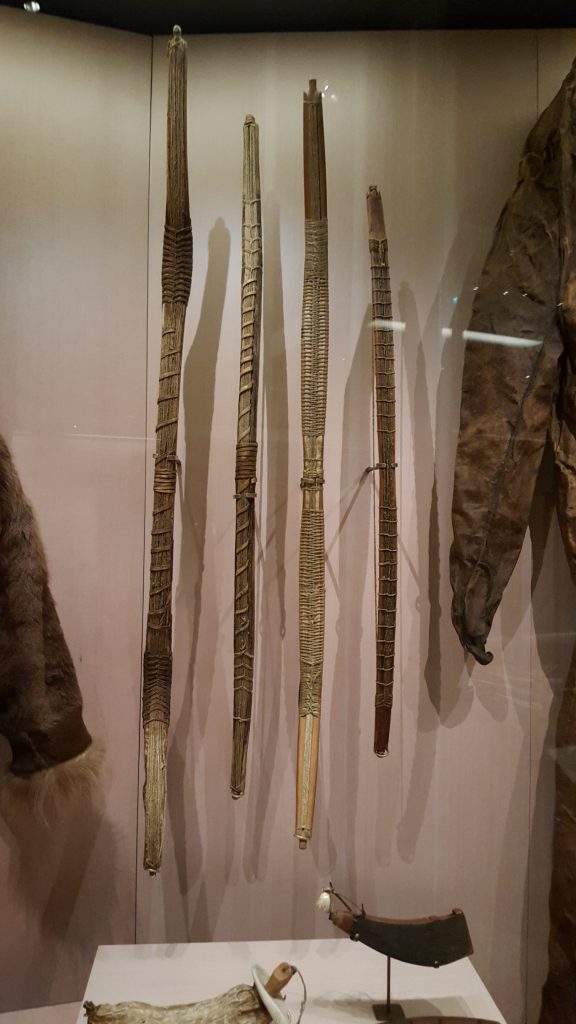Standard B: A culturally-responsive curriculum recognizes cultural knowledge as part of a living and constantly adapting system that is grounded in the past, but continues to grow through the present and into the future.
I remember that for our group it took us a little while to think of culture as a changing system, but once we got on that tack we realized how many options there were. We settled on how boarding schools changed native Alaskan culture because they had such a big influence on how things are now.
